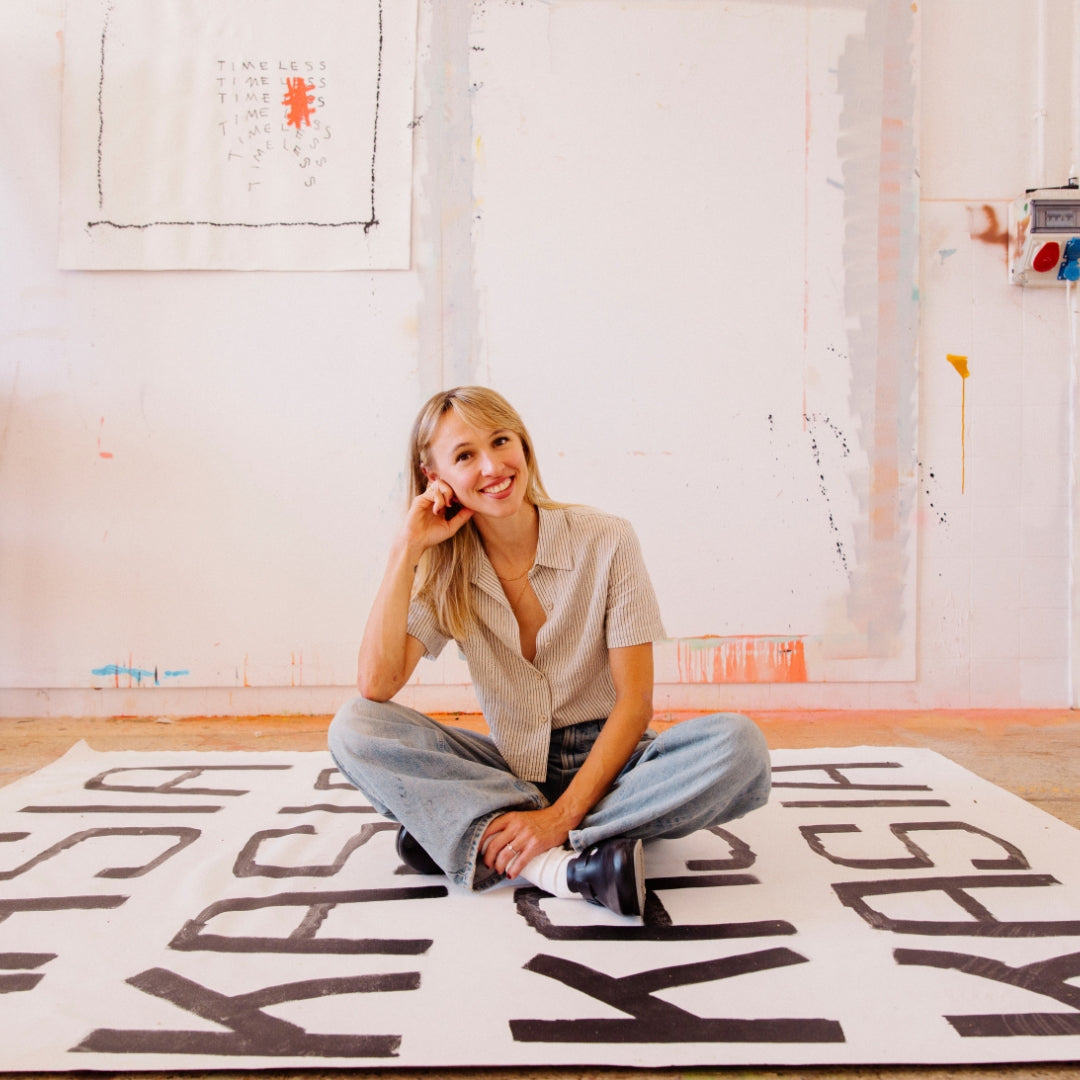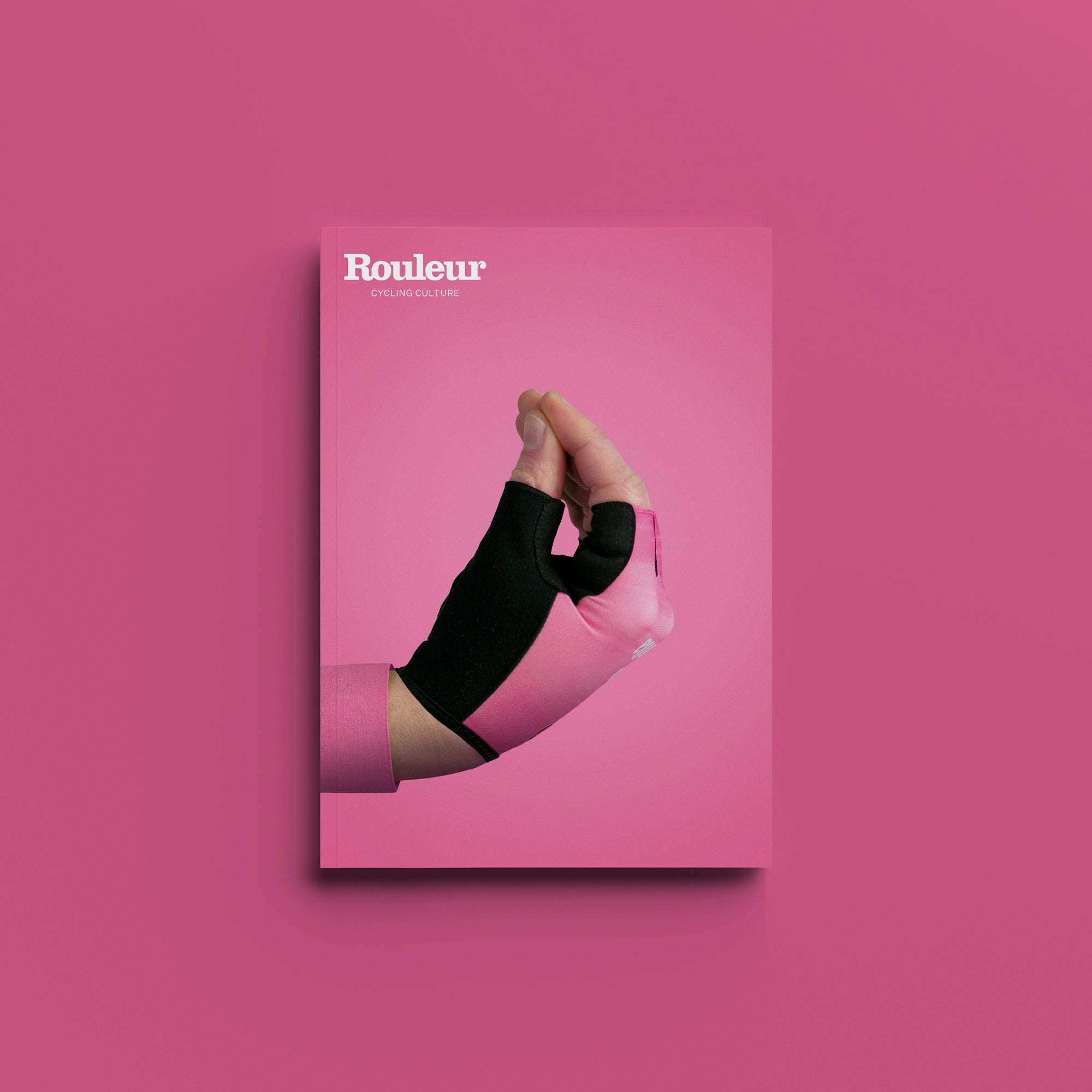A lot of people know that stretching is beneficial for them, but not a lot of people dedicate much – if any – time to stretching and practising their mobility. If they do stretch, it's often as much as a quick few minutes after hopping off their bike and before getting into the shower. And there's even less chance of people stretching pre-ride or throughout the week. It’s overlooked by most, but those who do stretch end up reaping the rewards.
Women’s WorldTour pro Demi Vollering is a big advocate for yoga and stretching. Many posts on her Instagram account are dedicated to her yoga practice and before many races, outside the team bus, you’ll see the Dutch national champion contorting her body into a stretch. Tour de France winner Bradley Wiggins was said to be a “yogi” and reportedly practised yoga to help strengthen his core and reduce muscle bulk. Even former WorldTour pro Taylor Phinney has dabbled in the field of stretching and yoga to help with his performance. So, is it something all cyclists, whatever their level, should be implementing into their weekly training routine?
Rouleur spoke to Togo Keynes, head performance coach at Njinga Cycling, and yoga teacher Sam Edwards about how mobility, yoga and stretching can make you a better cyclist.
Why do cyclists need to be flexible?
Cyclists require flexibility for optimal performance and comfort on the bike, as well as minimising strain on the body and maximising the effectiveness of each pedal stroke. Having good flexibility also helps with the prevention of injury and your body’s ability to adapt to different types of terrain.
“Cyclists hold the same position for hours on end,” Edwards said about the importance of practising your mobility and ensuring you are stretching out your muscles. “So getting enough strength through the right spaces, creating core stability and core control is extremely important. As cyclists, we tend to get very long in the back of the body from the back of the hips to the skull and are very closed at the front. So, by doing mobility and yoga, you’ll be counteracting that.”
Many hours on the bike, constantly pedalling with little range of motion, can cause stiffness and tightening, not just once you've finished your ride but also during your session. Edwards and Keynes are both keen endurance athletes themselves, having taken on long-distance cycling challenges, running races, and triathlons, and fully understand the numbing stiffness and pain someone can feel after hours on the bike.
Edwards recalled a brutal cycling challenge she did in America, in particular, where it was almost entirely flat, which meant no gears to change or even any change in her positioning on the bike. She held that static position for hours on end and noticed just how closed her body was when he got off the bike, highlighting the importance of stretching and mobility for recovery and freshness.

How practising mobility will enhance your performance
By adding mobility and stretching into your weekly routine, Edwards and Keynes said that riders will see improved power, as well as power over time, and increased speeds. Riders will also be able to improve their range of motion in key joints and muscles, such as hips, knees and ankles, so they can achieve more efficient pedal strokes and maintain optimal positions for enhancing aerodynamics and reducing fatigue. For example, if you have tight hamstrings, reaching down to the drops or maintaining an aggressive racing position will be extremely difficult and uncomfortable if you are not implementing any stretching and mobility into your weekly training.
Everything is connected, Keynes pointed out. Your lower back, hips, glutes, hamstrings – each muscle group will enable you to maintain proper bike posture if working in conjunction with one another, as will a mixture of strength training and mobility work. But it is not only the muscle groups that are positively impacted by stretching and mobility.
“People will also notice benefits in terms of cardiovascular ability, so, being able to ride at the top end of their comfort zone for longer, because their breathing will have improved and they’ll be able to draw in more oxygen,” Edwards added.
“But it will not only improve your abilities physiologically, but also mentally,” Keynes highlighted. “People tell me they can’t hold a hamstring stretch for 60 seconds, but yet, they can go absolutely all out at zone six for a full minute – that is tough, so why can’t they hold the stretch?
“I started practising Bikram yoga at 43 degrees Celsius and they asked me to bend over and twist myself into a position that was really claustrophobic. It was hard to breathe, but then I realised I had to learn to breathe. I learned to build up my resilience, finding calm and control. This is a tool that can be used in the peloton when you are going 42kph and need to find a slice of calm amongst the chaos.”
Edwards echoed this, placing emphasis on how cyclists sometimes have to push through the pain, and using a deep rhythmic breathing pattern used during practises like yoga can help find that comfort in an uncomfortable position. That in turn will help your control on the bike when you’re feeling fatigued.

How often should you be stretching?
Fitting everything in can be a hurdle for many people. As well as hours on the bike, needing to fit in a strength-based session and now mobility can make things complicated. But Edwards said that it is not a case of finding two one-hour slots in your week but finding small snippets in your day to practise for just a few minutes. “It’s not about trying to carve out three hours a week to do a full practice,” she said “It is about fitting it in around your training.”
Edwards suggested that if someone is new to the sport or has been a cyclist for a long period of time, firing up the right muscles by doing a 10-minute practice, which is engaging and strengthening, before they head out on their bike will be extremely beneficial and they will present improvements almost immediately on the bike. She also encourages all riders to finish off their ride with a 10-minute stretch, which is focused on recovery, to signal to their brain that they are now done with the workout and it is time to relax, kickstarting the body's recovery process.
“I would also advise phasing your mobility, too, as you would your strength training. Say you’ve got six months until your sportive, during the first few months you are riding less distance, but you will want to build strength, so in that time, you’ll want to do more fiery practices that are based around strength in your yoga, and then as the mileage increases, you’re trying to recover more, so incorporating more recovery yoga will help during that time.”
However, she does point out that if you aren’t the type of person who would always want to change up their route, sticking with a five to 10-minute sequence you know you will do will be better for you than not doing anything at all. It’s all about finding what works for you.
It's even more vital if you are training at home on an indoor training and work from home too, according to Keynes. He pointed out that many people simply get up from their desks and get straight onto the bike but then suffer from niggles or pain throughout. “If they were to do a five or 10-minute dynamic stretching session, they would see a dramatic difference in how they feel during their session, especially at the beginning,” he said.































